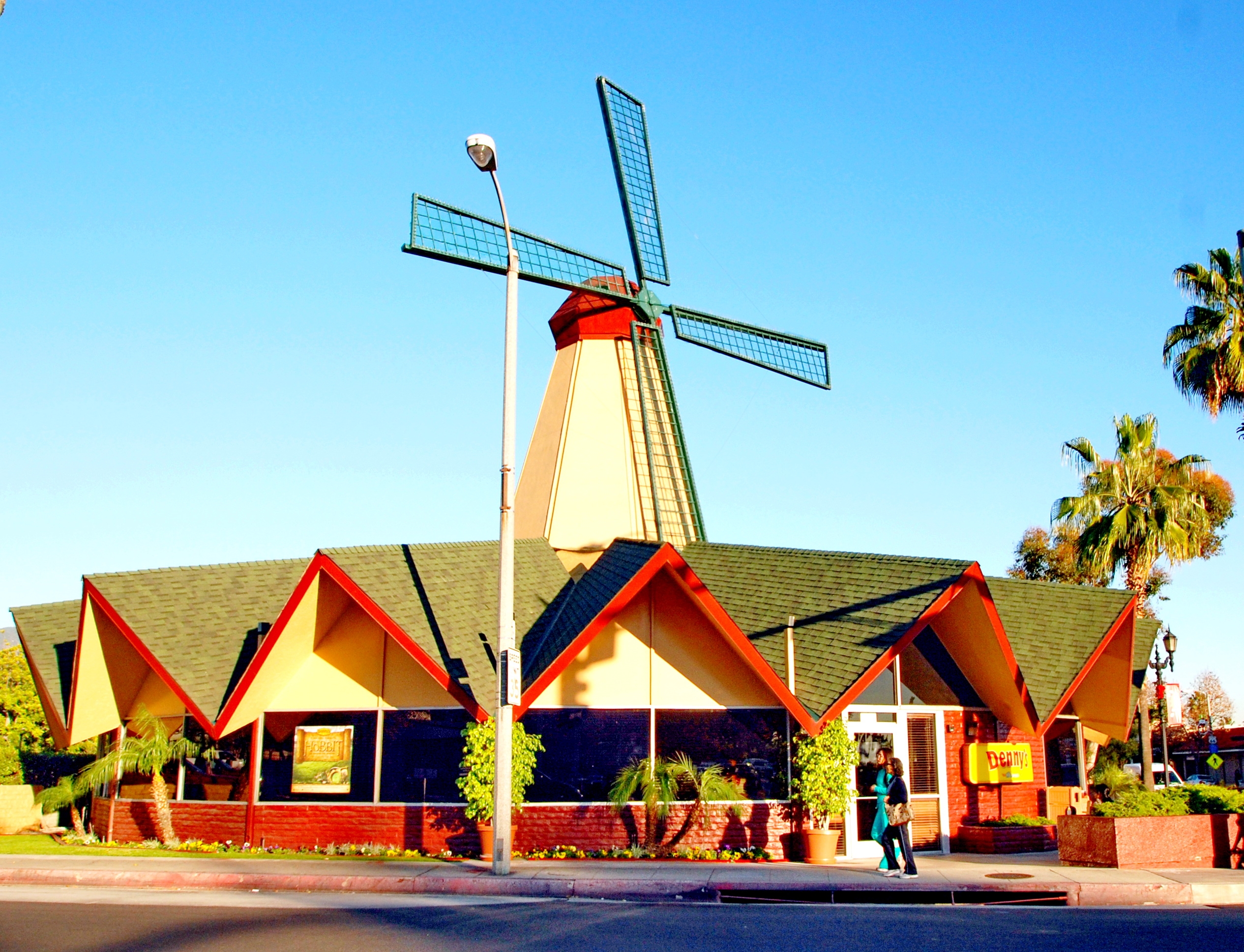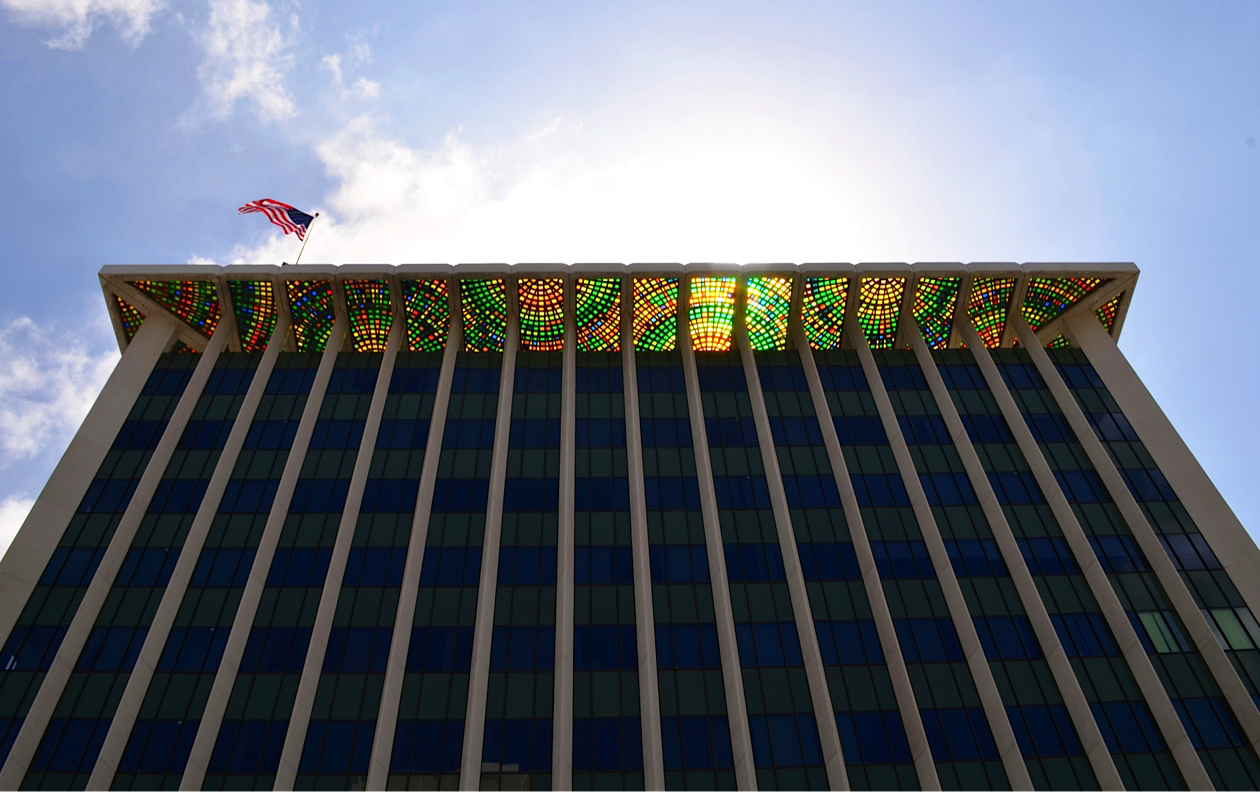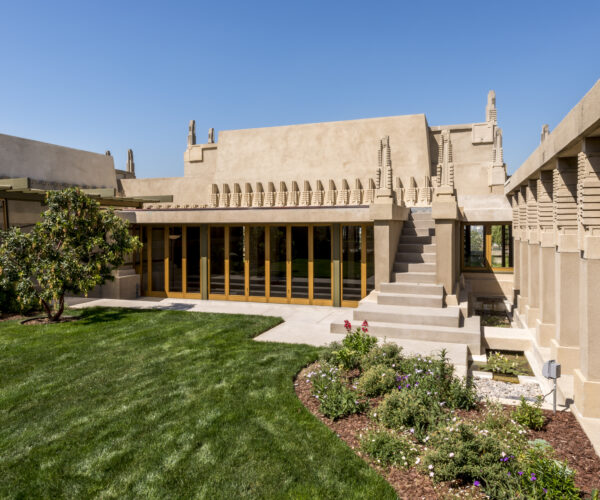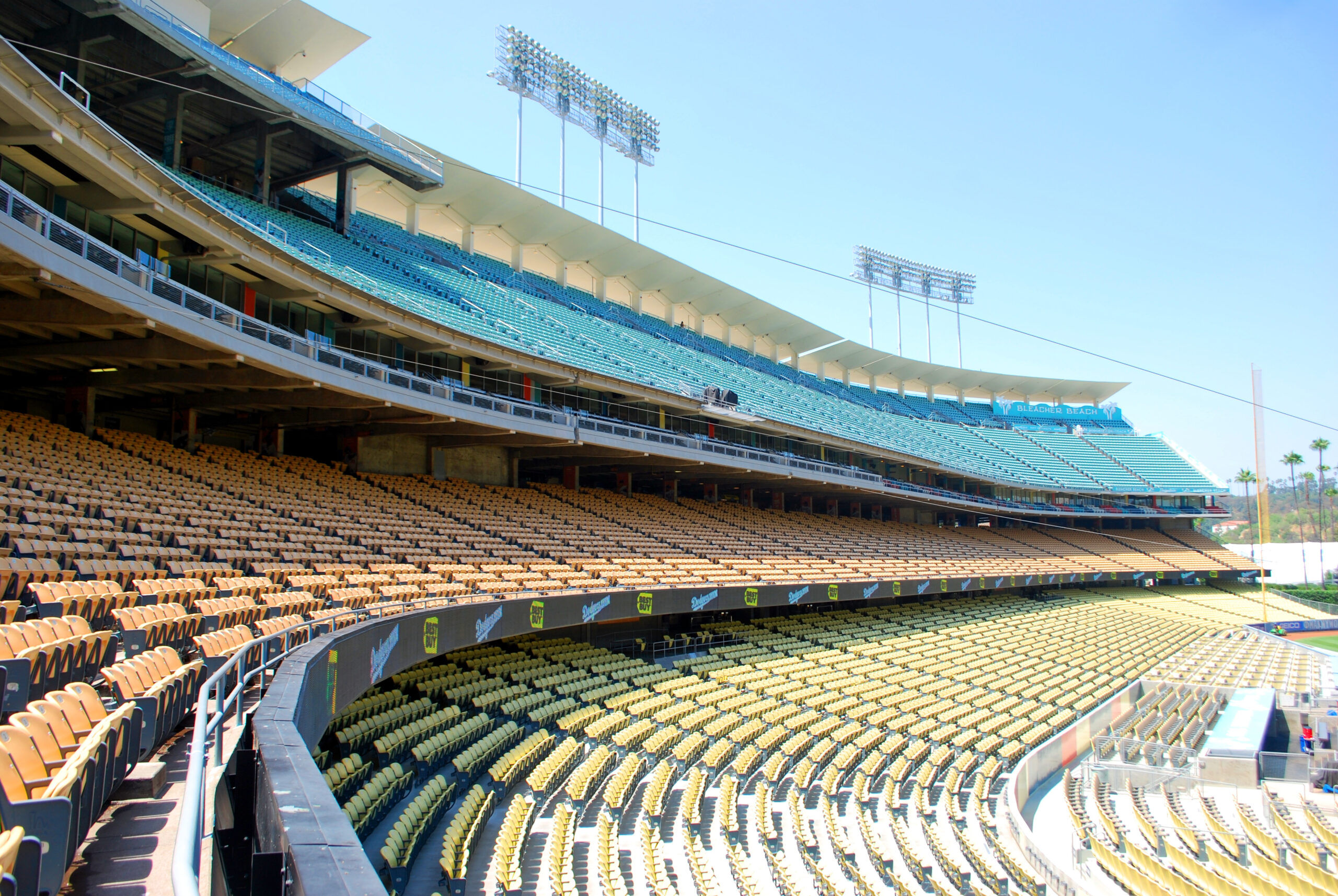
Place
Dodger Stadium
The longevity of the nation's 3rd-oldest ballpark is due in part to its futuristic design.
Rehabilitation of Dodger Stadium was completed in 2013.
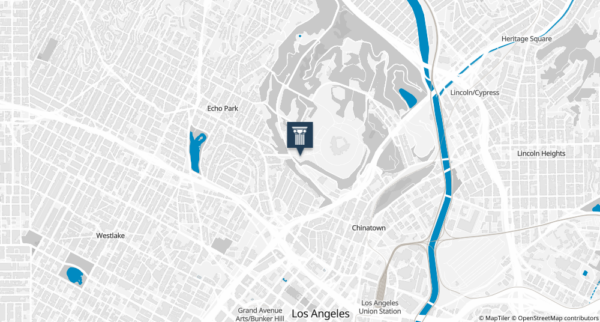
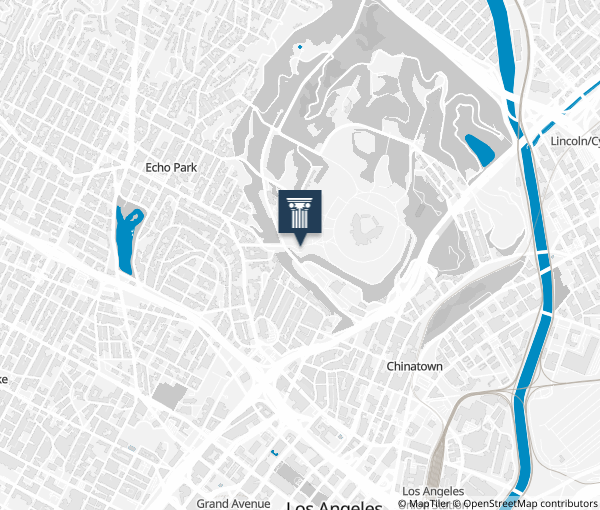
Place Details
Address
Neighborhood
Year
Style
Decade
Property Type
Government Officials

Photo by The West End on Flickr
Overview
In 2012-2013, Dodger Stadium underwent an estimated $100 million renovation following the team’s purchase by Guggenheim Baseball Management. The owners successfully modernized the stadium while preserving its many character-defining features that make the stadium so iconic.
About This Place
About This Place
Since Dodger Stadium was completed in 1962, at least twelve major league baseball stadiums have been built and torn down. In fact, it is currently the third-oldest such stadium on the county, behind Wrigley Field in Chicago and Fenway Park in Boston. Why Los Angeles’ ballpark remains beloved and intact is a good question—is it the location? The ownership history? Yes and yes, but don’t forget one more answer: the design.
Dodger Stadium’s Mid-Century Modern lines are as enchanting now as they were upon construction, when Los Angeles was positioning itself as the city of the future, full of modern dreams and pragmatic plans for making them come true.
Designed by Emil Praeger of Praeger-Kavanagh-Waterbury, Engineers-Architects in consultation with legendary Dodgers owner Walter O’Malley, the stadium was an ambitious structure from the beginning. To build it, workers excavated millions of cubic yards of dirt and then used it to fill in Chavez Ravine for the enormous parking lot. Construction was a predictably gargantuan proposition, involving the onsite casting and curing of over 25,000 concrete pieces for the grandstand.
The design plan was of an appropriately large scale as well: O’Malley envisioned the stadium as a Disneyland-like destination, with tram transportation, water features, a thick landscape of trees, and futuristic architecture. At least some of those ideas came to be, particularly in the form of Mid-Century Modern architectural details such as the folded metal roof over the center field pavilion, inverted canopies, abstractly shaped urns and topiaries at terraced entrances, and a color palette of early 1960s pastels.
Our Position
Guggenheim hired architecture firm, Levin and Associates, to design a preservation-minded renovation. The work replaced seating, widened concourses and isles, and added modern amenities that included a new scoreboard, an improved sound system, a children’s playground, new concession stands, and new ballclubs for the teams. Through the use of colors and patterns, Dodger Stadium successfully revived the Mid-Century Modern feeling it had when first opened in 1962.
A rehabilitation project in 2013 restored the original hexagonal shape of the stadium’s outfield scoreboards. The survival of this Mid-Century Modern icon gives us all hope that it will remain intact for years to come.
